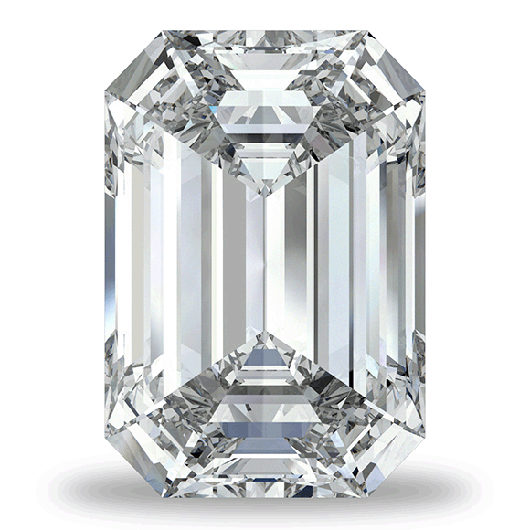
The Pros and Cons of Lab-Grown Diamonds
Lab diamonds are considered a 2020 trend in the diamond industry as millennials look for the most cost-effective option that fit their budget, according to EcoWatch. As a less-expensive option that can compete with even the most expensive diamonds, lab-grown diamonds offer the eco-friendliness and affordability that most consumers are looking for.
A lab-created diamond is “grown” inside a lab using technology that replicates the natural diamond growing process. The man-made diamond that is chemically, physically, and optically the same as those grown beneath the Earth’s surface. There are two processes labs use to grow diamonds – High Pressure-High Temperature (HPHT) and Chemical Vapor Deposition (CVD). Both of these processes involve the exposure of extremely high pressure and temperature that is conducive to diamond growth.
Lab-created diamonds are graded and certified using the same process as mined diamonds.
So what are their pros and cons?
Pros
Well for starters, lab diamonds (also called man-made diamonds) have a significantly lower impact on the environment than mined diamonds. For every carat of diamond mined, nearly 100 square feet of land is disturbed and almost 6,000 pounds of mineral waste is created. In addition, mined diamonds result in 1 injury for every 1,000 workers annually, while lab-grown diamonds result in zero.
Additionally, with the naked eye, mined diamonds and lab-grown diamonds only differ in the eyes of an experienced jeweler who is able to read the microscopic “LG” inscription on the base of the lab diamond.
They’re also less expensive. Due to the shorter supply chain, lab-grown diamonds can be anywhere from 20-30 percent less expensive than mined diamonds.
Cons
Are lab-grown diamonds really better for the environment though?
The Guardian explained, “Diamonds are grown in labs in countries including China, Singapore and the US, places that lean heavily upon fossil fuels for energy. The huge amount of power needed to create a diamond can lead to a significant output in carbon pollution if the energy source is dirty, a point made in a 2019 Trucost report which found that, on average, greenhouse gas emissions are three times greater for lab-grown diamonds than their mined counterparts.”
The report doesn’t take all components into account though, according to Saleem Ali, a minerals expert at the University of Delaware. He said, “There is a place for mined diamonds because they provide a lot more jobs than lab-grown. But I’d venture to say the environmental impact is far greater for mined diamonds. If you grow a diamond you can situate the lab wherever you want, move it to Norway and use hydropower perhaps. You can’t do that with a mine.
“The report makes a lot of assumptions, it doesn’t look at the full life cycle of mines, the energy use of exploration and so on – once you consider that then the impact is enormous.”
Clearly lab-grown diamonds are also less valuable than natural diamonds. Jewelry blog influencer Liza Urla of Gemologue said most people enjoy and are willing to choose lab-grown diamonds for everyday, casual uses but for items such as diamond engagement rings people are less compromising. “Only the real deal will do because a true diamond holds its value,” she said.
All in all, it comes down to what’s important to you as the consumer. You may want a mined diamond because you feel they hold a certain significance and value and as one of nature’s miracles from the Earth. Or, you may want a lab-created diamond because you are on a tight budget, care about the environment and appreciate the advanced progression of technology.

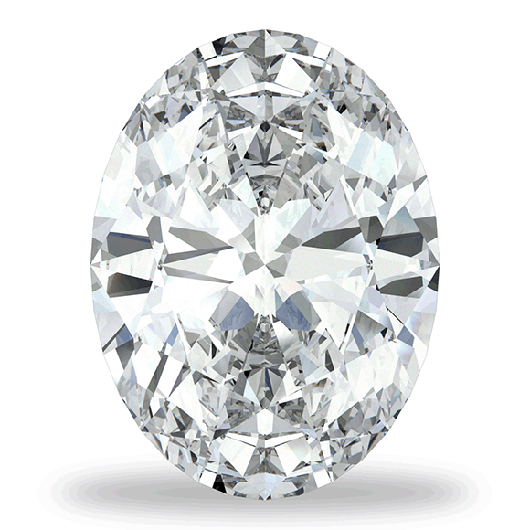
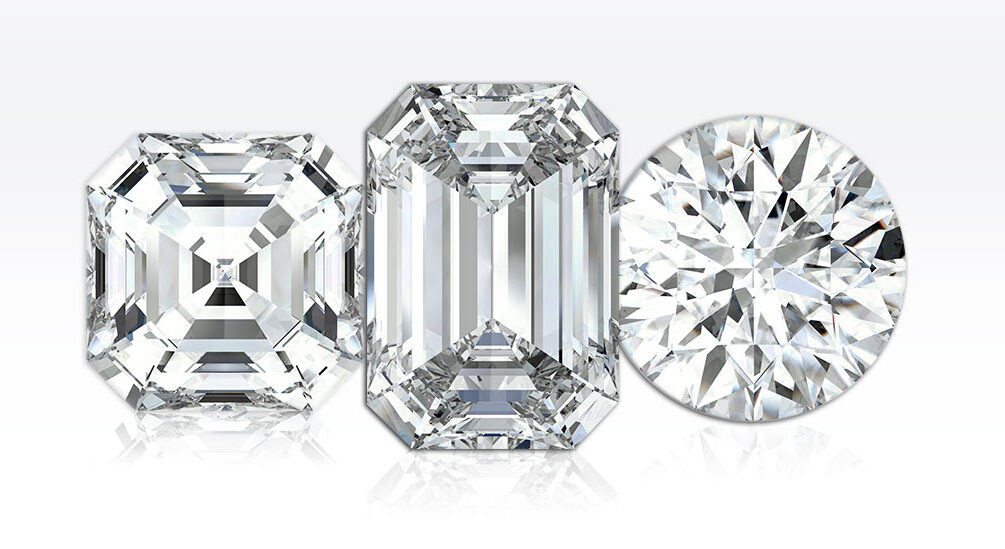
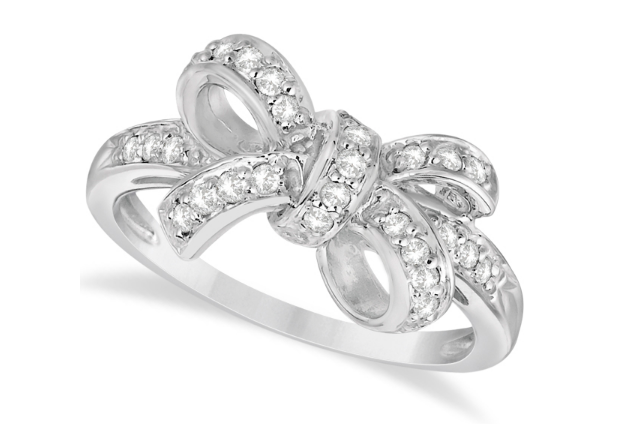
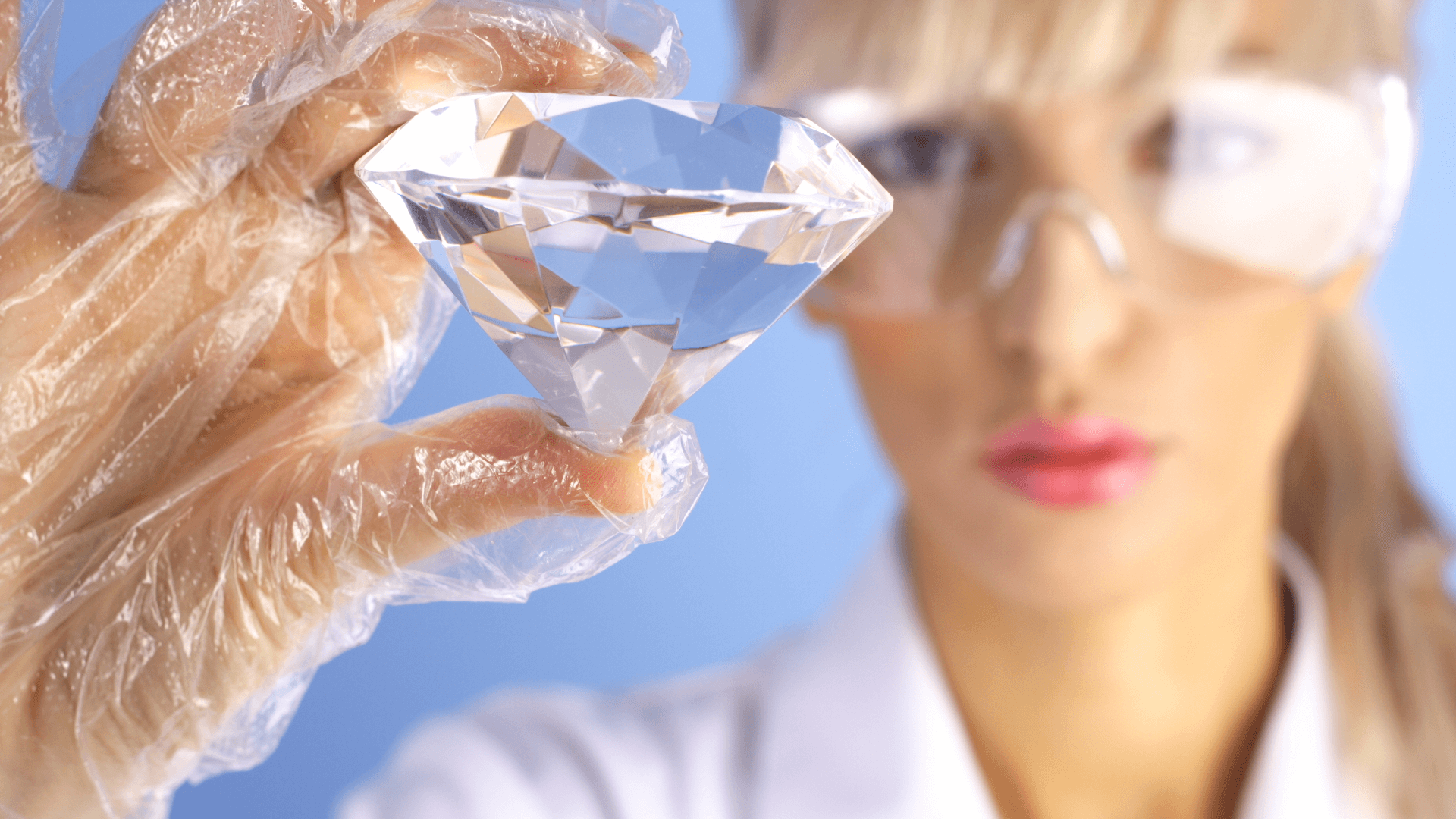
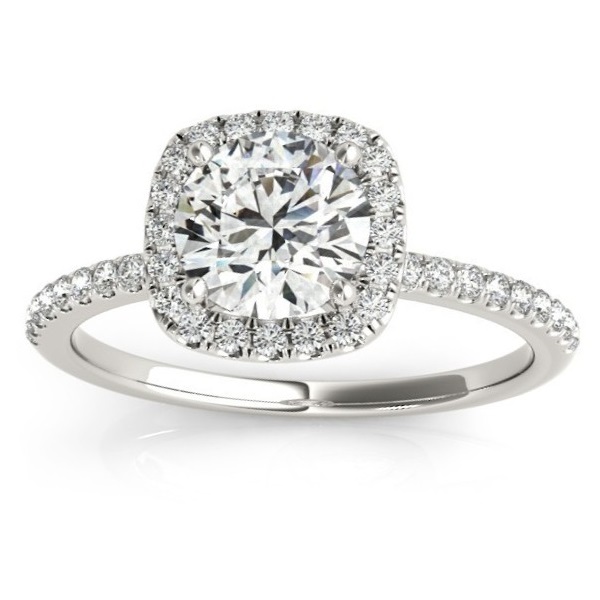
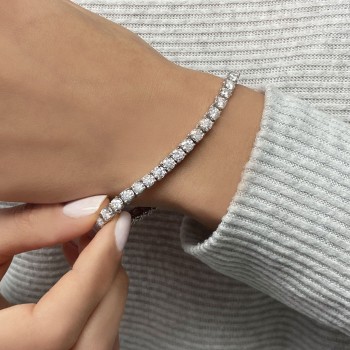
POST COMMENT